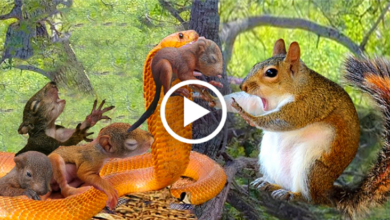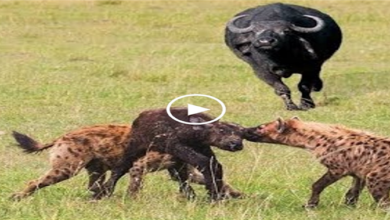Distressed Delhi residents spot snakes in their homes, parks, offices, and even warm car engines during monsoon rainfall
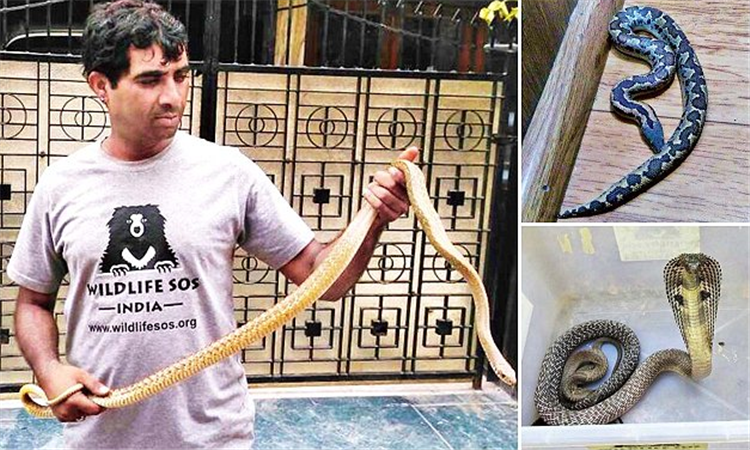
Concerned city dwellers have described seeing apocalyptic-like scenes of snakes and other slithery animals having a field day in the metropolis as the monsoon reaches its height.
Since this month, panicked locals have called Delhi’s lone animal rescue hotline, Wildlife SOS, more than 100 times in distress after discovering the rodents in their homes, parks, workplaces, and even warm automobile engines.
A seven-foot-long Indian rock python, one of the largest ever seen in the city, was saved by the NGO on Wednesday at the Air Force Station in the Tughlakabad neighborhood in south Delhi.
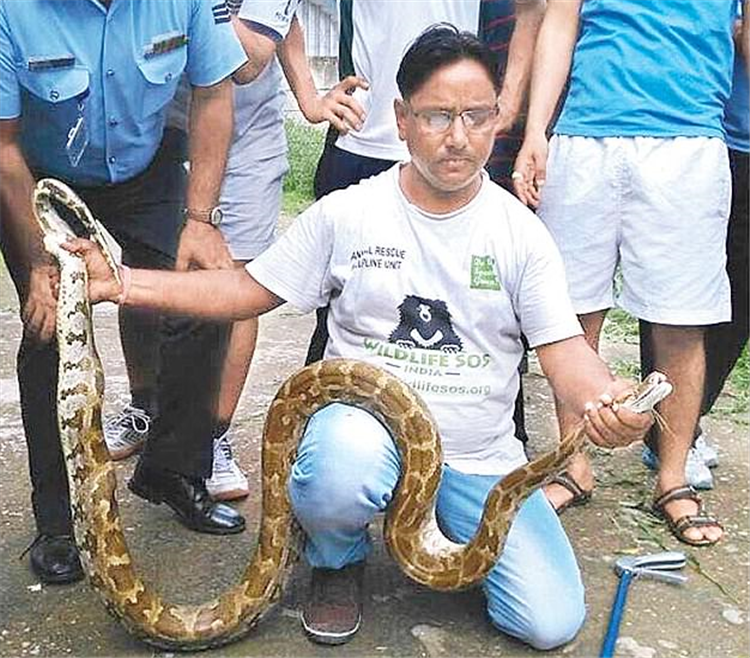
Air Force officers discovered the critter lazing in the grass outside the mess hall.
According to NGO members, it was securely extracted, placed under surveillance, and would shortly be released in the wild.
Snake catchers advise not to panic because the majority of the serpents were non-venomous species such wolf snakes, red sand boas, rat snakes, kukris, and royal snakes.
In certain cases, there were a few cobras discovered. The majority of sightings have occurred in lush south Delhi neighborhoods including Sainik Farms, Chhatarpur, Vasant Kunj, and Panchsheel Vihar.
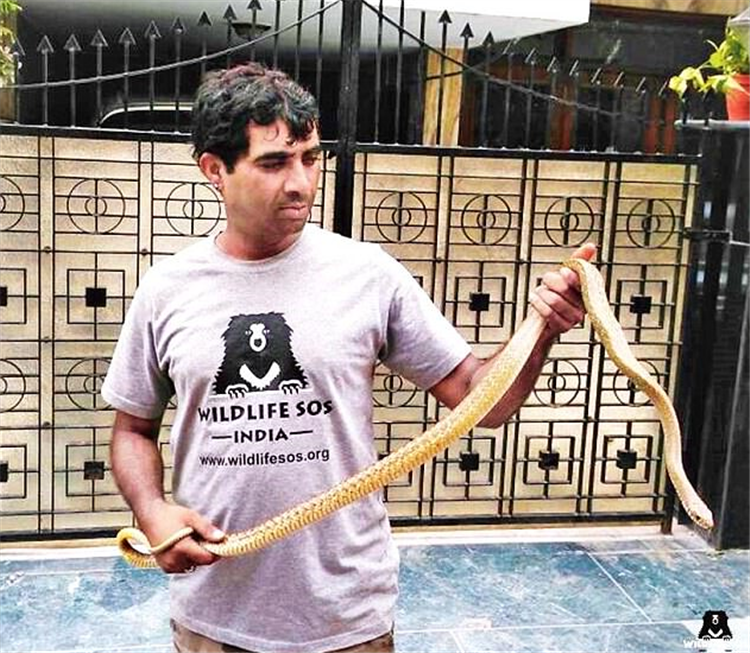
A handful were also discovered building nests in other Delhi neighborhoods, such as Model Town, which is northwest of the city and has a lake.
Ecologists claim that in some areas of the Capital, not only snakes but also monitor lizards have been spotted moving around since the rain that floods their burrow also gives more readily accessible prey, such as rats.
Delhi was a part of the Aravalli hill range and is rich in herpetofauna, which includes amphibians and reptiles, according to Professor Sanjay K. Das of the Guru Gobind Singh Indraprastha University in Dwarka.
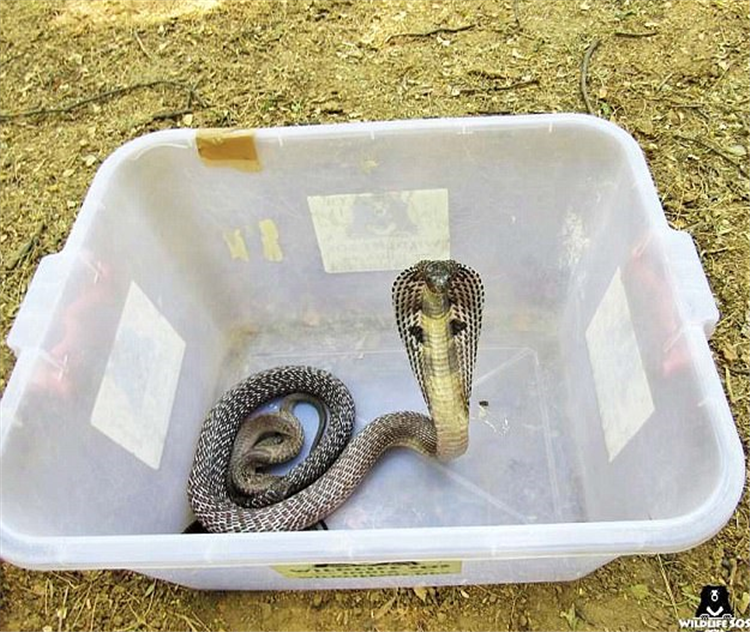
The lizards and snakes of Delhi, in particular, mirror Rajasthan’s geography.
More than 11–12 different species of it can be discovered on our campus. After the start of the hibernating period, according to environmentalists, there will be fewer snake sightings.
You might be surprised by large lizards in addition to the writhing serpents.
I have observed Delhi’s native monitor lizard (Varanus bengalensis) slithering into and out of the storm drains along the pavement on large roads, Das claimed.

“I believe that is their preferred nesting location in urban settings like this.” Snakes are middle-level predators and crucial to any ecology because they help get rid of rodents and pests, according to Kartick Satyanarayan, cofounder of Wildlife SOS.
“Rats will spoil food grains and other necessary items without them.”
However, increasing habitat loss and encroachment are rapidly obfuscating the distinction between towns and forests.
Because of this, the wildlife in these places is forced to feed in urban settings or find shelter there, he continued.
Most recently, his NGO has received calls regarding a five-foot-long rat snake from a Model Town home, another five-foot cobra from a residence in Noida, a 3.5-foot-long young python coiling up next to a religious idol at a Sainik Farms home, and a five-foot cobra from an office in Vasant Kunj.
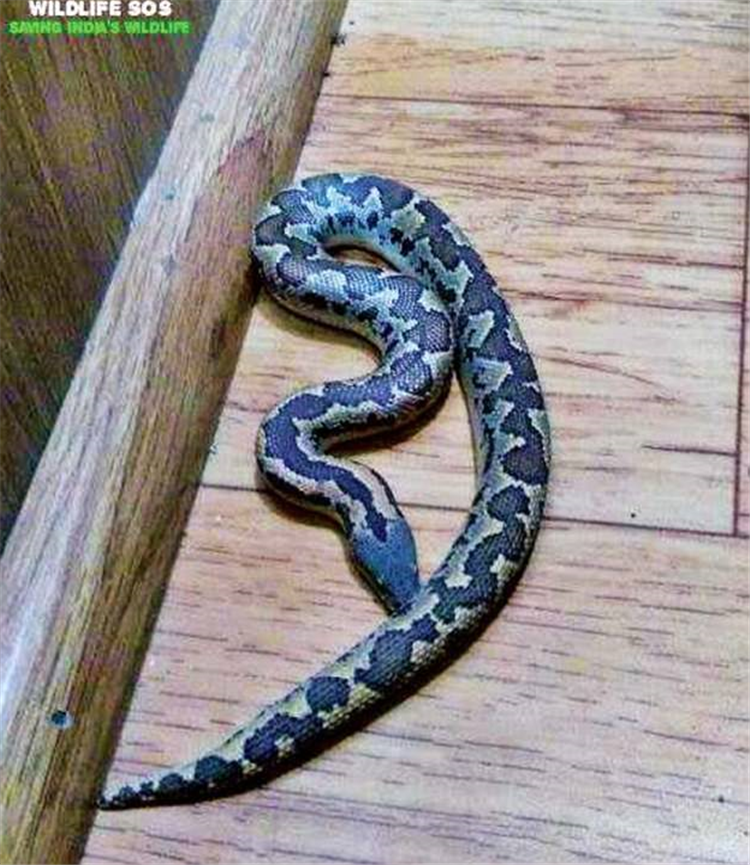
An office in Panchsheel Vihar also contained a common sand boa. Our goal, according to Geeta Seshamani, co-founder of Wildlife SOS, is to dispel people’s misconceptions about reptiles and encourage love and compassion for these misunderstood creatures.
Kartick expressed happiness that people are now informed enough to think about consulting experts rather than attempting to handle the situation alone or resorting to murdering the snakes.
“We have professionals on our team who are trained to deal with these situations effectively,” he said. “We ask that people call our 24-hour rescue helpline for assistance if they come across reptiles or wild animals in their area.”

